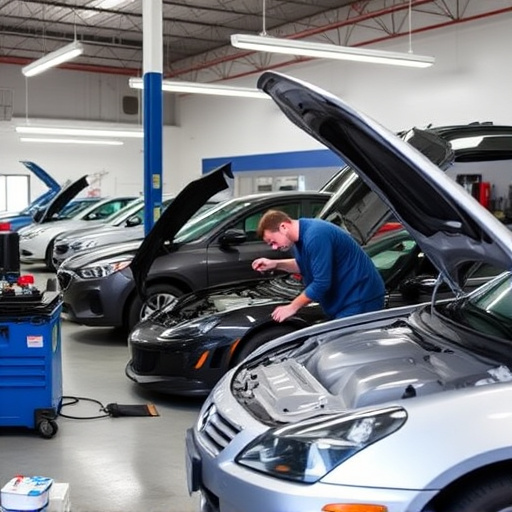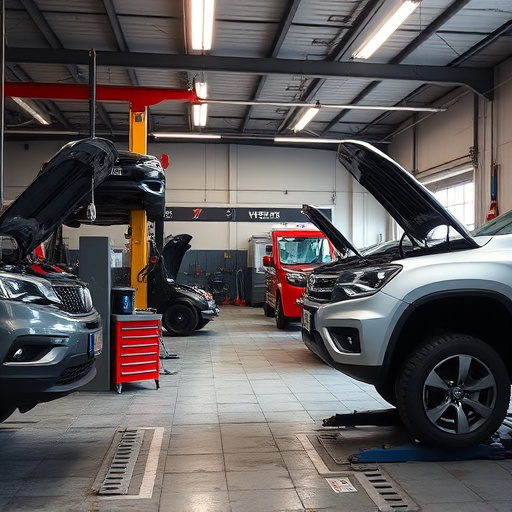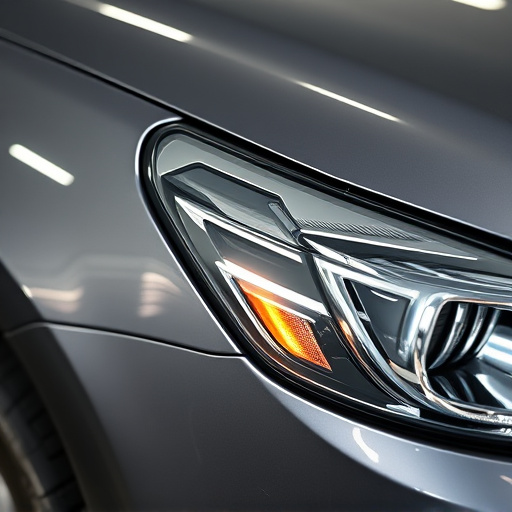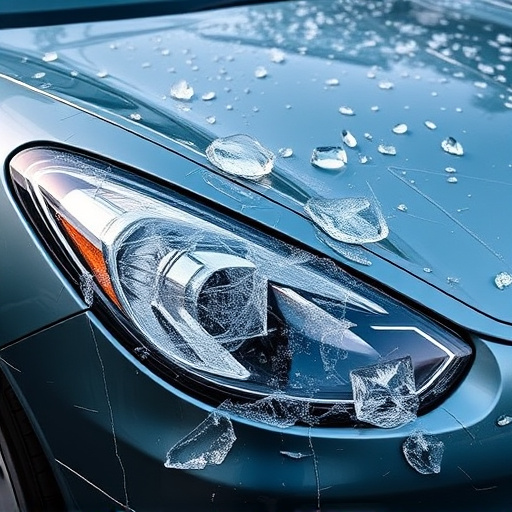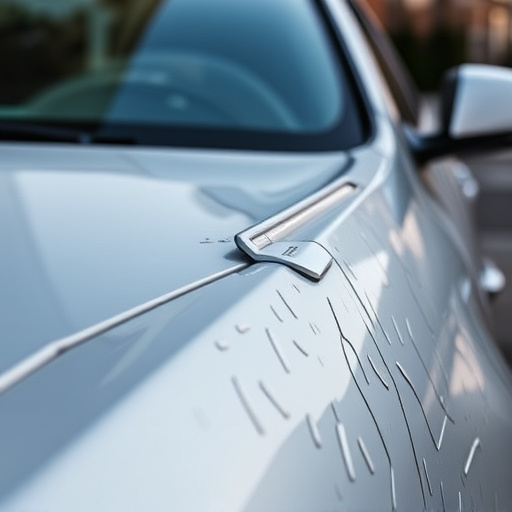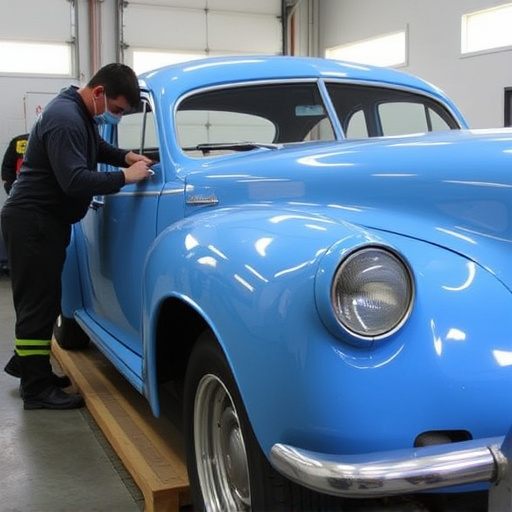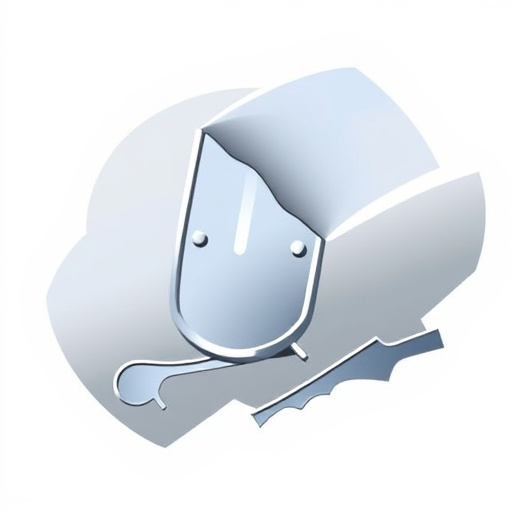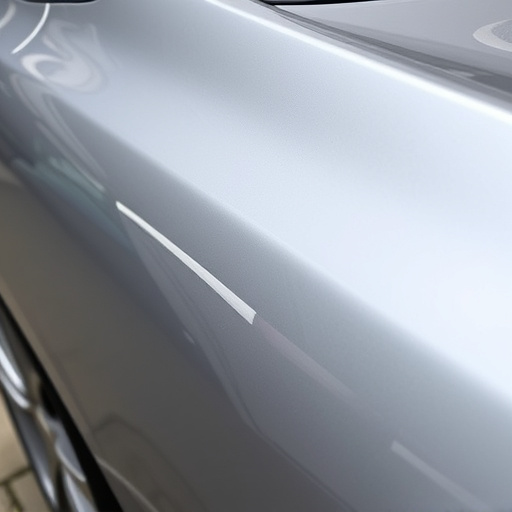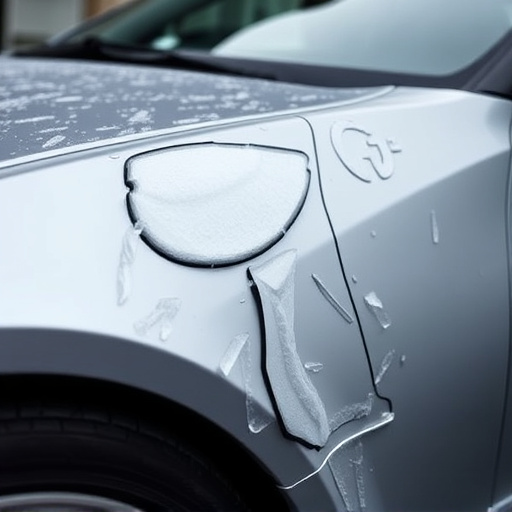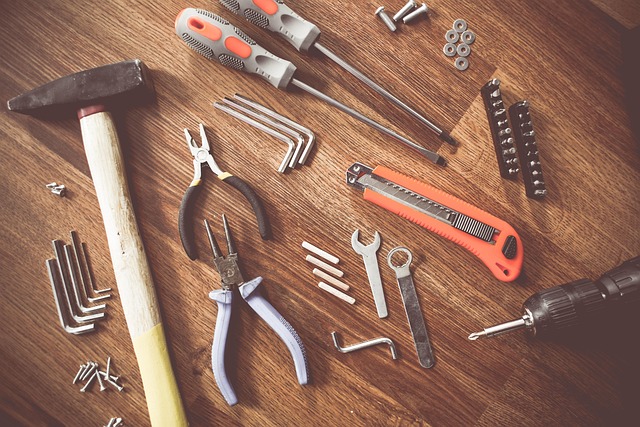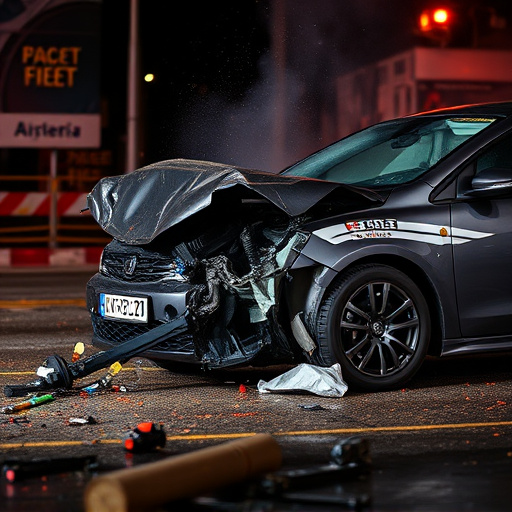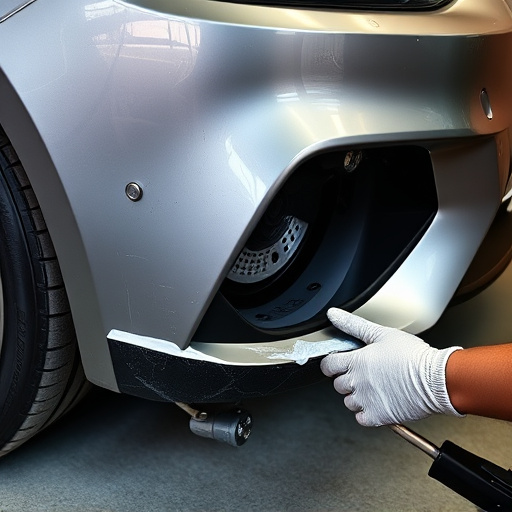Auto body restoration costs are influenced by material and parts choices. Reputable suppliers offer high-quality components with warranties at premium prices, while budget-conscious restorers can source alternatives or used parts with meticulous inspection for safety. Material quality impacts labor costs, with higher-grade parts potentially reducing labor expenses and lower-grade materials requiring more time and skilled technicians. Efficient dent removal and shop management, along with balancing quality and cost, streamline classic car restoration without compromising authenticity or longevity. Effective labor rate management, including skilled technician engagement and precise time estimation, is crucial for success. Overhead expense management, facility maintenance, tool investments, machinery repairs, insurance coverage, and liability protection are key to auto body restoration business success.
In the realm of auto body restoration, a meticulous understanding of cost factors is paramount for successful projects. This article delves into the key considerations that impact pricing in this intricate process. From materials and parts costs, including sourcing, quality, and quantities, to labor rates influenced by skilled workforce demands and time requirements, we explore essential elements. Additionally, we shed light on overhead expenses such as facility maintenance and insurance coverage. By understanding these factors, auto body restorers can offer competitive pricing and ensure profitability.
- Materials and Parts Costs: Source, Quality, and Quantities
- Labor Rates: Skilled Workforce and Time Requirements
- Overhead Expenses: Facility Maintenance and Insurance Coverage
Materials and Parts Costs: Source, Quality, and Quantities
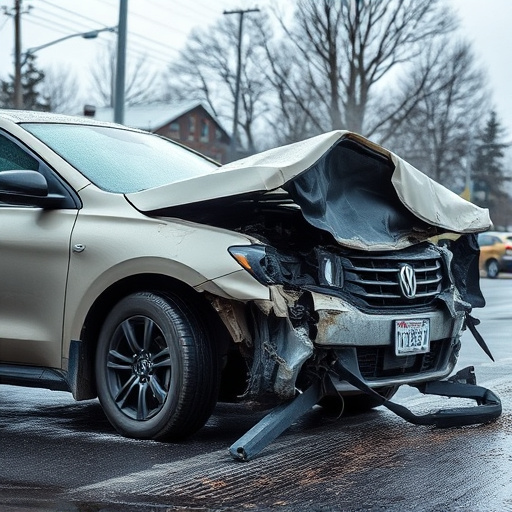
The materials and parts used in auto body restoration are a significant factor in determining overall costs. The source of these components plays a crucial role; reputable suppliers often command higher prices due to quality assurance and warranty standards. However, for budget-conscious restorers, exploring alternative sources or used parts can be a viable option, though it requires meticulous inspection to ensure they meet safety standards.
Quality varies widely across materials and parts, directly impacting labor costs. High-quality components may require less intricate repair work, reducing labor expenses. Conversely, lower-grade materials could necessitate extensive preparation and finishing, increasing the time spent by skilled technicians. Balancing quality with cost is an art, especially in classic car restoration projects where authenticity and longevity are paramount, while dent removal techniques and efficient car repair shop management can help streamline the process without compromising on quality.
Labor Rates: Skilled Workforce and Time Requirements
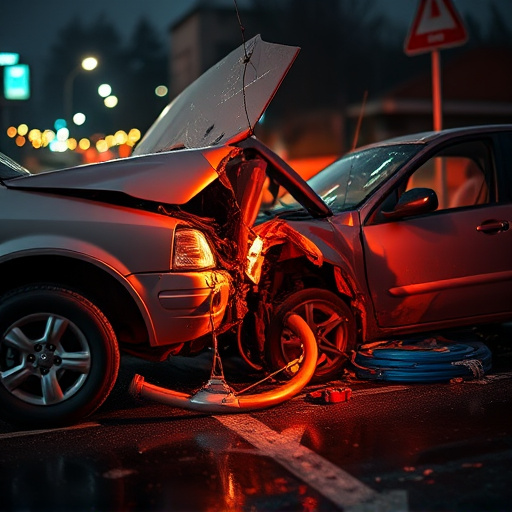
The success of any auto body restoration project heavily relies on understanding and managing labor rates. These costs encompass both the skills required to complete the job and the time needed for each phase of automotive body work. Engaging a skilled workforce is paramount, as experienced technicians can efficiently navigate complex repairs while ensuring precision and quality. Moreover, specialized training in modern repair techniques and advanced tools enhances productivity, directly impacting the overall labor expenses.
Time requirements vary based on factors like damage extent, complexity of repairs, and the car restoration process involved. Collision repair centers typically provide estimates after assessing the vehicle, considering both standard procedures and any unique challenges. Effective project management ensures tasks are completed within the estimated timeframe, minimizing delays that can significantly affect labor costs.
Overhead Expenses: Facility Maintenance and Insurance Coverage
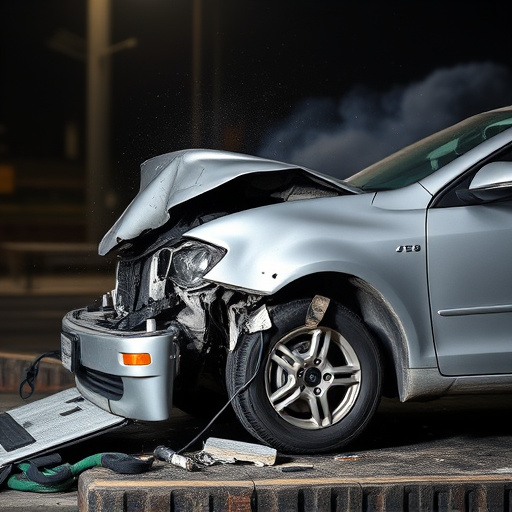
In the realm of auto body restoration, understanding overhead expenses is paramount for successful business operations. Facility maintenance and insurance coverage constitute significant components of these costs. The former includes regular upkeep of the workshop or garage space, ensuring it remains a safe and functional environment for intricate repair work. This may involve investments in tools, equipment upgrades, and routine repairs to machinery essential for various auto body restoration techniques.
Insurance, on the other hand, provides financial protection against unforeseen events such as accidents involving restored vehicles on the premises. Comprehensive insurance coverage for both the facility and inventory is crucial, considering the high-value assets involved in automotive restoration. This includes liability insurance to protect against potential claims arising from vehicle damage during the restoration process and property insurance to safeguard the physical space and equipment from hazards like fire or theft.
When contemplating auto body restoration work, understanding the cost factors is essential for an accurate budget. From materials and parts to labor and overhead expenses, each aspect plays a critical role in the final price tag. By carefully considering these elements—including sourcing quality materials, negotiating labor rates with skilled professionals, and accounting for facility maintenance and insurance—restorers can ensure competitive pricing for their services, ultimately providing customers with transparent and fair estimates for their auto body restoration needs.

